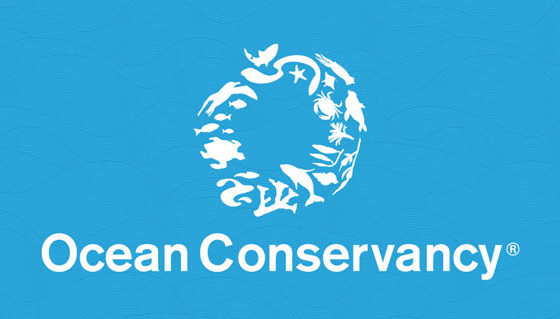Working with Miami’s Office of Resilience and Sustainability
Published by Ocean Conservancy Ocean Conservancy has partnered with the City of Miami, Florida through the Shores Forward initiative to protect ocean and coastal habitats, species and communities. Partnering with a municipality as large and complex as Miami requires a strong and invested partner. Since launching eight months ago, Ocean Conservancy has been collaborating with Miami’s […]


